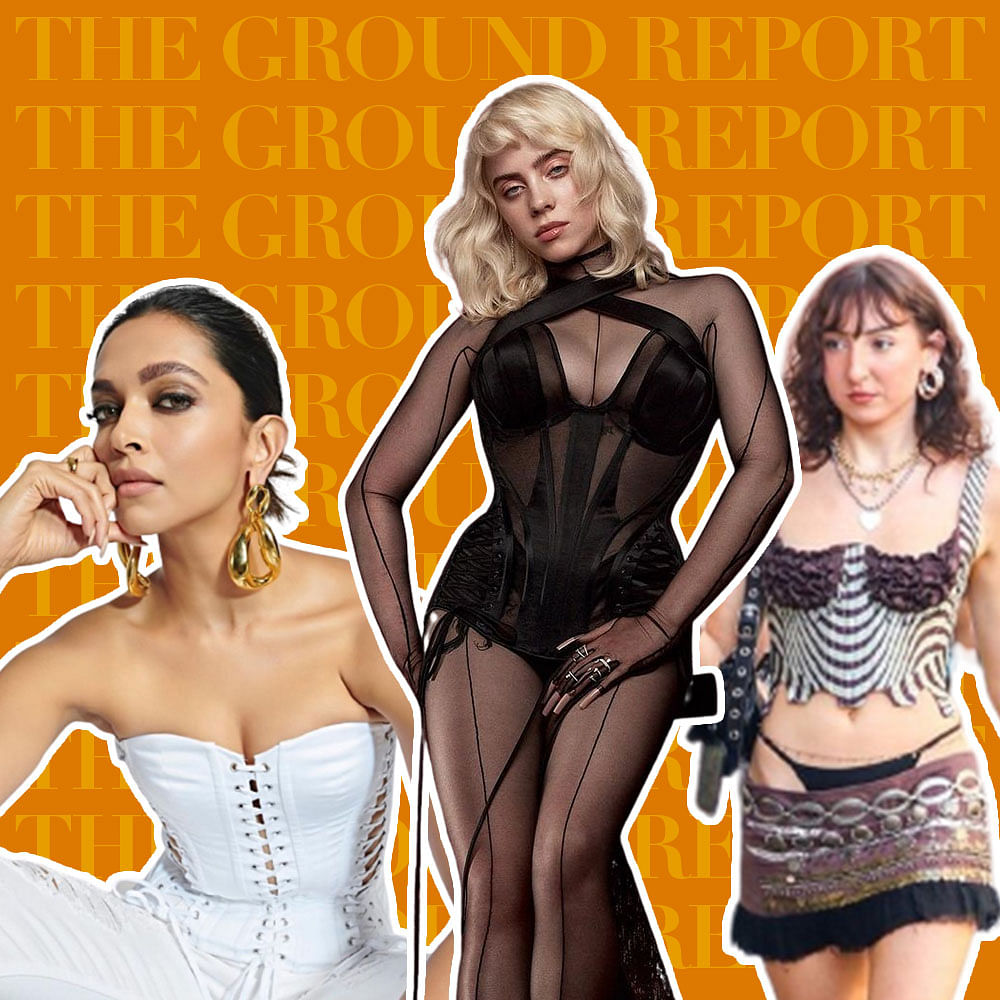Corsets have been, unequivocally, the most controversial clothing item in the history of fashion. From being criticised for their rib-crushing design and restricting comfort and movement, to being perceived as the trend that perpetuates unrealistic body standards, there is no dearth of what can be and has been said about the garment. But it remains that the youngs have resurrected the corset, making it a controversial favourite, and now we can’t escape them. Here’s an overview of everything that corset has been (and put women) through.
Corset literally means “little body” and its use case has always been to make waists smaller and project an hourglass body shape, that much is undeniable. But the extent of its efficiency and harm to the body is an exaggeration. Chances are that the first thought you have when you hear the word corset is “torture”, however that is a historically innacurate myth peddled to us by many period movies over the years.

